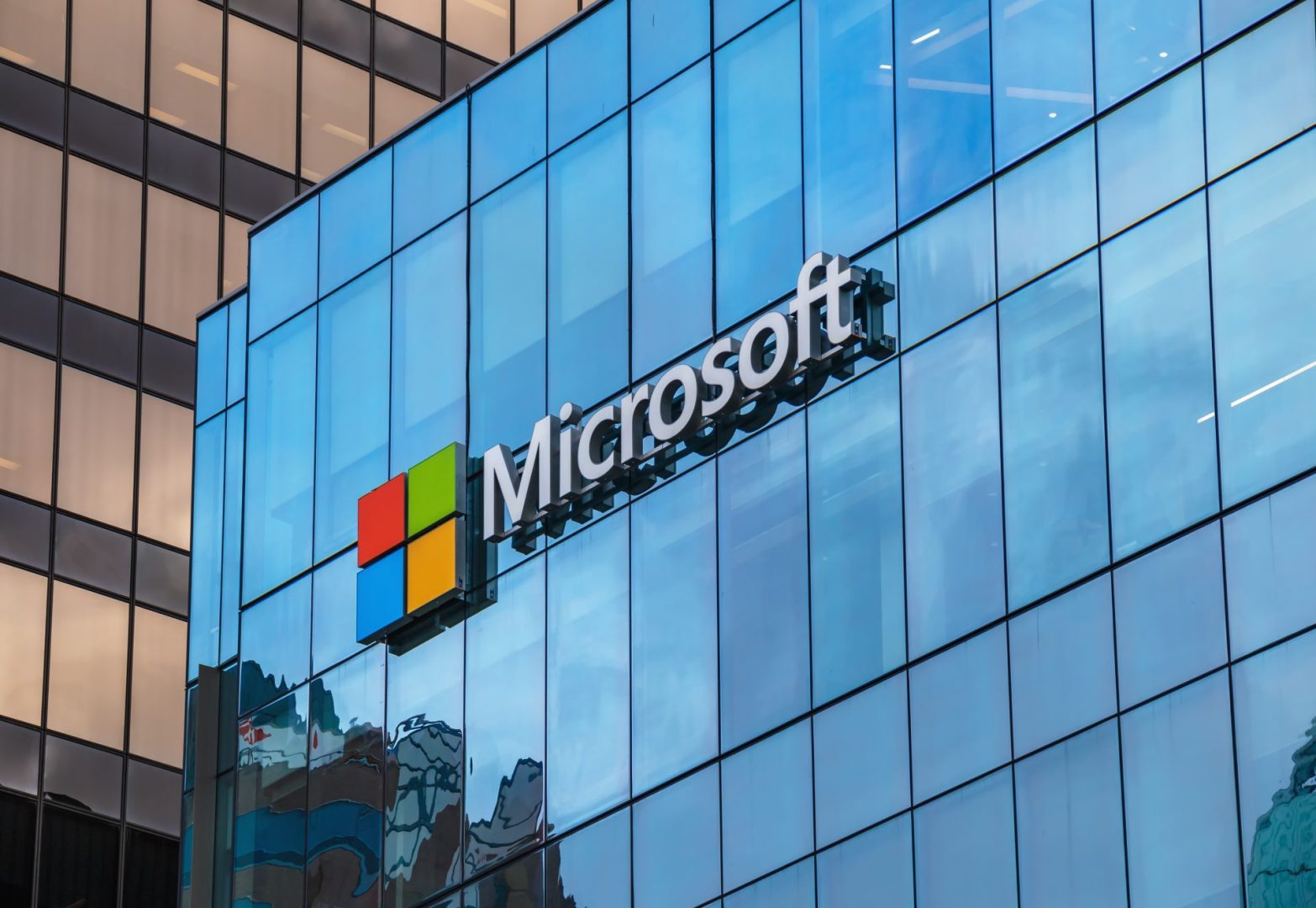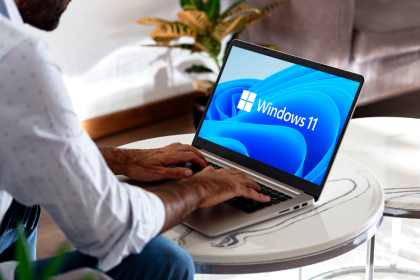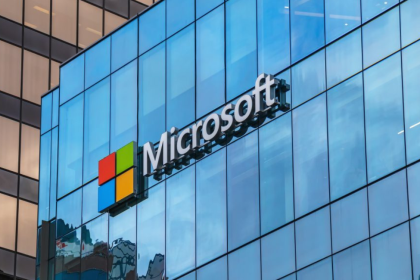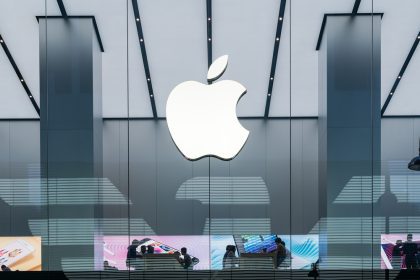Microsoft is ending Microsoft 365 support on Windows 10. This decision affects over 1 billion Windows 10 users worldwide who rely on these essential productivity applications.
The tech giant is continuing to urge users to upgrade to Windows 11, and now it’s been revealed its apps – including Word, Excel and PowerPoint – will stop receiving important updates later this year. Industry analysts estimate that approximately 75% of businesses globally use Microsoft 365 for their daily operations.
“Microsoft 365 apps will no longer be supported on Windows 10 after it reaches end of support on October 14, 2025,” the company confirmed on a support page. This deadline coincides with the general end-of-support date for Windows 10, marking a significant transition period for both personal and enterprise users.
“Microsoft 365 apps are no longer supported on Windows 7, Windows 8 or Windows 8.1 now that these operating systems have reached their end of support dates,” the statement continued. These previous operating systems collectively represented nearly 200 million users before their support ended.
“To avoid performance and reliability issues, we recommend that you move to Windows 11.” Market research indicates that Windows 11 adoption has been slower than previous versions, with only about 400 million devices currently running the latest operating system.
Microsoft noted while applications will “continue to function as before” on Windows 10 after this date, it’s “strongly recommended” to upgrade to “avoid performance and reliability issues”. Security experts emphasize that running unsupported software can increase vulnerability risks by up to 60%.
“You may continue to use Windows 10 after support ends; however, it will no longer receive quality updates, new or updated features, security updates, or technical support,” they added. Historical data shows that unsupported operating systems face three times more security threats than supported versions.
“We recommend that customers upgrade or transition to a new Windows 11 PC for the best, most secure computing experience.” Studies indicate that approximately 40% of existing Windows 10 devices may not meet the hardware requirements for Windows 11, potentially affecting millions of users worldwide.
This announcement has significant implications for businesses and organizations that rely heavily on Microsoft 365 applications. Industry experts estimate that the transition could cost global enterprises billions in hardware upgrades and IT infrastructure changes.
The move aligns with Microsoft’s broader strategy to modernize its software ecosystem. Windows 11 offers enhanced security features, improved performance, and better integration with cloud services, making it a crucial upgrade for maintaining optimal cybersecurity standards.
IT professionals suggest that organizations should start planning their migration strategies now, as large-scale operating system transitions typically require 6-12 months of preparation. This includes hardware assessment, compatibility testing, and user training programs.
The end of support announcement also affects educational institutions, where Windows 10 remains widely used. Schools and universities may need to allocate additional budget for hardware upgrades to maintain access to essential Microsoft 365 applications.
Small and medium-sized businesses face particular challenges, as many operate with older hardware that may not support Windows 11. Economic analysts suggest that this could lead to increased IT spending across this sector in the coming years.
Microsoft’s decision reflects the growing importance of regular software updates in maintaining cybersecurity. Recent studies show that outdated operating systems are involved in over 60% of successful cyber attacks, highlighting the need for timely upgrades.
Users contemplating the transition should note that Windows 11 requires specific hardware specifications, including TPM 2.0 and secure boot capability. Industry surveys indicate that approximately 30% of current business computers may need replacement to support the new operating system.














